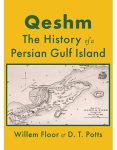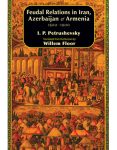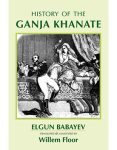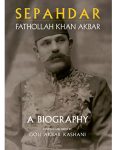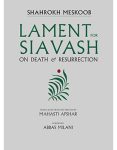About the Book
Little is known about the Arab migrants who settled on the Iranian coast between Bushehr and Lengeh in the late 1500s. They were a disparate group of small tribes of sailors, traders, fishermen, pearl divers, and cultivators. Although they were all referred to as the Bani Hula, they were not a uniform group. In fact, they were each other’s fiercest competitors for access to the pearl banks. This frequently led to bloody and murderous encounters and feuds. In the sixteenth and seventeenth centuries, the Arabs of Nakhilu had a fearsome reputation as pirates—which the Portuguese soon discovered to be warranted.
The Bani Hula received much attention during the eighteenth century when they tried to fill the power vacuum in the Persian Gulf caused by the fall of the Safavid dynasty and the civil war in Oman. However, although they were a maritime force to be reckoned with, they had no common cause and dissipated their strength by fighting among themselves. Furthermore, they had no staying power as their political and economic base was too narrow. Throughout the eighteenth and nineteenth centuries, and down to the early twentieth century, one of the most active groups of Hulas were those of Kangan and Taheri. Their history, told here in some detail, is emblematic for the other Hula groups. Apart from showing the violence against each other, their story also highlights how their local lineages dominated political and socio-economic life for centuries in their area, often spanning more than one or two dynasties. It was these local families that guaranteed stability, continuity, and permanence even when, at the national and international level, there was turmoil, upheaval and profound change.
About the Author
Willem Floor studied development economics and non-western sociology, as well as Persian, Arabic and Islamology from 1963-67 at the University of Utrecht (the Netherlands). He received his doctoral degree from the University of Leiden in 1971. Since 1983, Dr. Floor was employed by the World Bank as an energy specialist, however, after his retirement in 2002, he has dedicated his time to the study of the social and political history of Iran, and has published extensively throughout this time. His books include: Public Health in Qajar Iran, Agriculture in Qajar Iran, and The History of Theater in Iran, as well as, The Persian Gulf: A Political and Economic History of 5 Port Cities, 1500-1730, its second volume, Persian Gulf: The Rise of the Gulf Arabs, 1747-1792, third volume, The Rise and Fall of Bandar-e Lengeh, the fourth volume, Bandar Abbas: The Natural Gateway of Southeast Iran, and the fifth volume, The Persian Gulf: Links with the Hinterland Bushehr, Borazjan, Kazerun, Banu Ka’b, & Bandar Abbas, The Persian Gulf: The Hula Arabs of The Shibkuh Coast of Iran, and The Persian Gulf: Dutch-Omani Relations A Commercial & Political History 1651-1806, and The Persian Gulf: Muscat – City, Society and Trade . He has also published, Travels Through Northern Persia, 1770-1774, Titles and Emoluments in Safavid Iran, and A Social History of Sexual Relations in Iran; Labor and Industry in Iran, 1850-1941; Guilds, Merchants and Ulama in 19th Century Iran; The Rise and Fall of Nader Shah; Games Persians Play, and History of Bread in Iran. His translations include: Samuel Gottlieb Gmelin’s Travels Through Northern Persia 1770–1774 , and with Hasan Javadi, Abbas Qoli Aqa Bakikhanov’s The Heavenly Rose-Garden: A History of Shirvan & Daghestan; Evliya Chelebi’s Travels in Iran and the Caucasus, 1647 and 1654; A Man of Two Worlds: Pedros Bedik in Iran, 1670–1675, and Awake: A Moslem Woman’s Rare Memoir of Her Life and Partnership with the Editor of Molla Nasreddin, the Most Influential Satirical Journal of the Caucasus and Iran, 1907–1931
Willem Floor was invited to Tehran in February, 2017 and presented with the Farabi International Prize for Humanitarian Studies.


